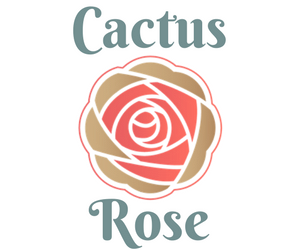Gemstones have fascinated humans for millennia, each possessing its own unique beauty, symbolism, and lore. From the fiery depths of rubies to the tranquil hues of aquamarines, these precious stones have adorned jewellery, symbolized birth months, and captivated our imaginations.
In this article, we delve into the world of birthstones, exploring the characteristics, meanings, and colours of the 12 gemstones associated with each month of the year.
What is a birthstone?
A birthstone is a gemstone that is associated with a particular month, often based on a person’s date of birth. Each month typically has one or more birthstones assigned to it, and these stones often hold symbolic meaning or are believed to bring luck or other benefits to individuals born in that month. The tradition of birthstones dates back centuries, with different cultures assigning various stones to each month based on astrology, folklore, or religious significance.
The concept of birthstones has evolved over time, and there are now widely accepted modern birthstone lists. For example, the modern birthstone list in the United States is based on a standardized list created by the American National Retail Jewelers Association (now Jewelers of America) in 1912. However, there are also alternative birthstone lists used in different cultures and regions around the world.
Here’s a common modern birthstone list for each month:
- January – Garnet
- February – Amethyst
- March – Aquamarine or Bloodstone
- April – Diamond
- May – Emerald
- June – Pearl, Alexandrite, or Moonstone
- July – Ruby
- August – Peridot or Spinel
- September – Sapphire
- October – Opal or Tourmaline
- November – Topaz or Citrine
- December – Turquoise, Zircon, or Tanzanite
These stones often make popular choices for jewellery pieces such as rings, necklaces, or bracelets, especially as gifts for birthdays or other special occasions.
The meaning behind each month’s birthstone
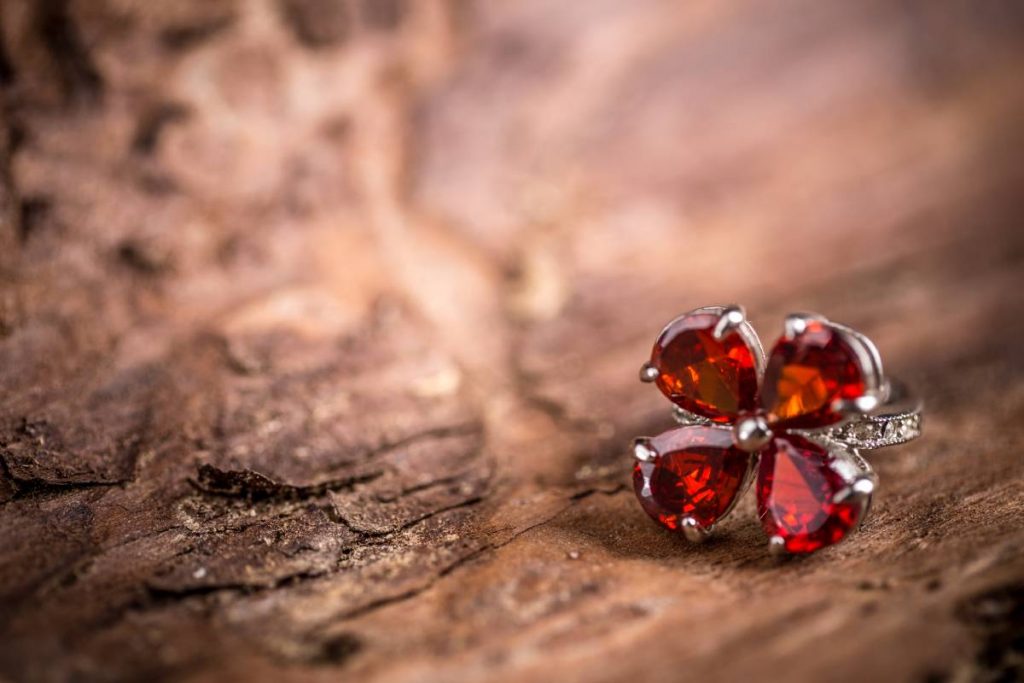
January | Garnet
Garnets, commonly associated with the colour red, come in a wide range of colours, making them popular for various types of jewellery, especially for those born in January. The garnet family is diverse, consisting of several species and varieties.
Symbolism
Garnets are believed by some to be protective stones, historically favoured by warriors and royalty. They’re also associated with vitality, love, and light, often linked to the life-giving properties of blood.
Colour
Garnets come in red, purplish, green, yellow, and orange varieties. Some garnets have large crystals with vibrant colours and clear transparency.
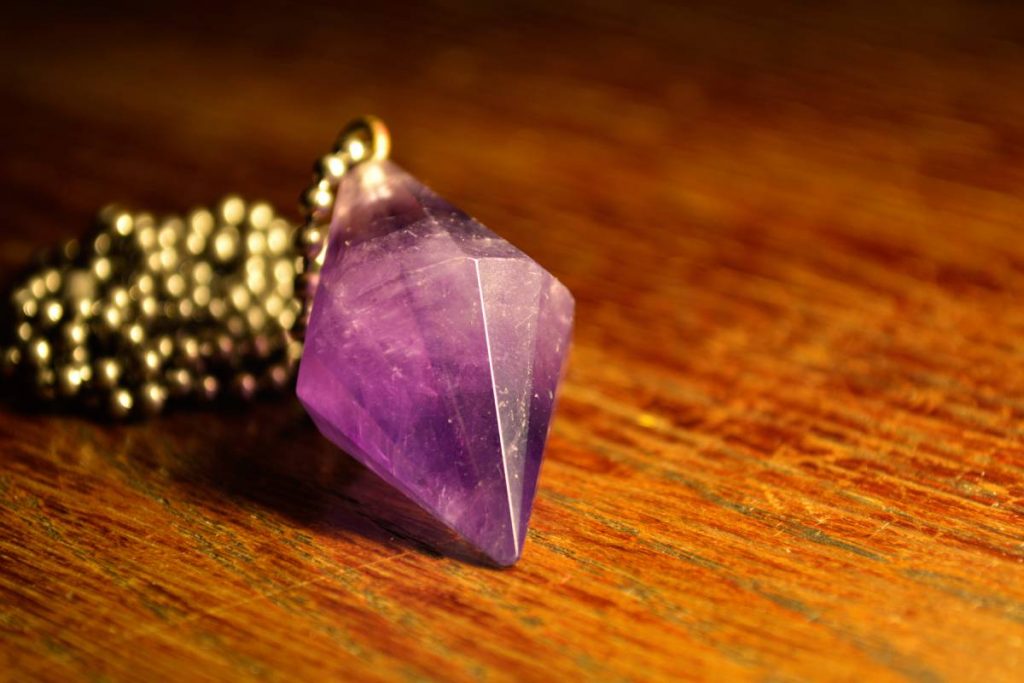
February | Amethyst
Amethyst is a type of crystalline quartz that comes in shades ranging from pale lilac to deep reddish-purple. With a hardness rating of 7, it’s highly scratch-resistant, making it an excellent choice for jewellery of all kinds.
Symbolism
Due to its association with the colour purple, which has long been linked with royalty, amethysts were favoured by the ruling class. Over time, they’ve also become symbols of spirituality, mental clarity, and healing.
Colour
Amethyst is specifically a purple variety of quartz, with saturation ranging from pale to vibrant. Vivid stones are generally more sought-after and valuable compared to paler ones.
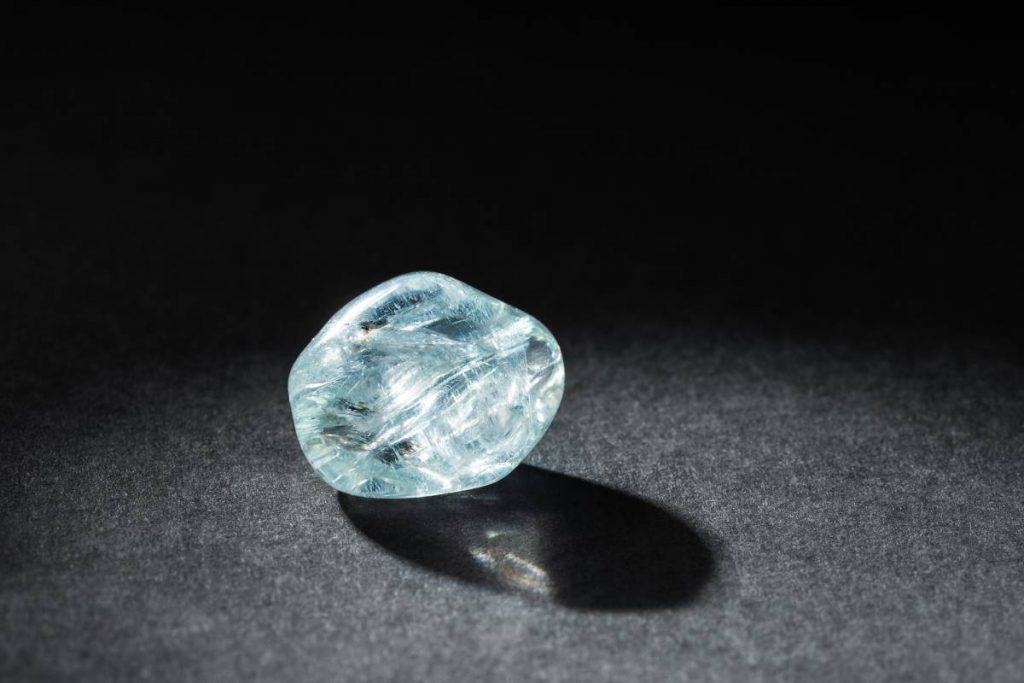
March | Aquamarine
Aquamarine, named after the colour of seawater, is the blue-to-blue-green variety of the beryl family. It’s readily available and moderately priced, making it an excellent choice for jewellery.
Symbolism
The name “aquamarine” originates from the Latin for “seawater”, as these stones were believed to protect seafarers. Some also associate aquamarines with marital happiness and superior intellect.
Colour
Aquamarines come in blue and blue-green hues. They always have light colour saturation and tone, so you won’t find any dark blues or greens in these stones.
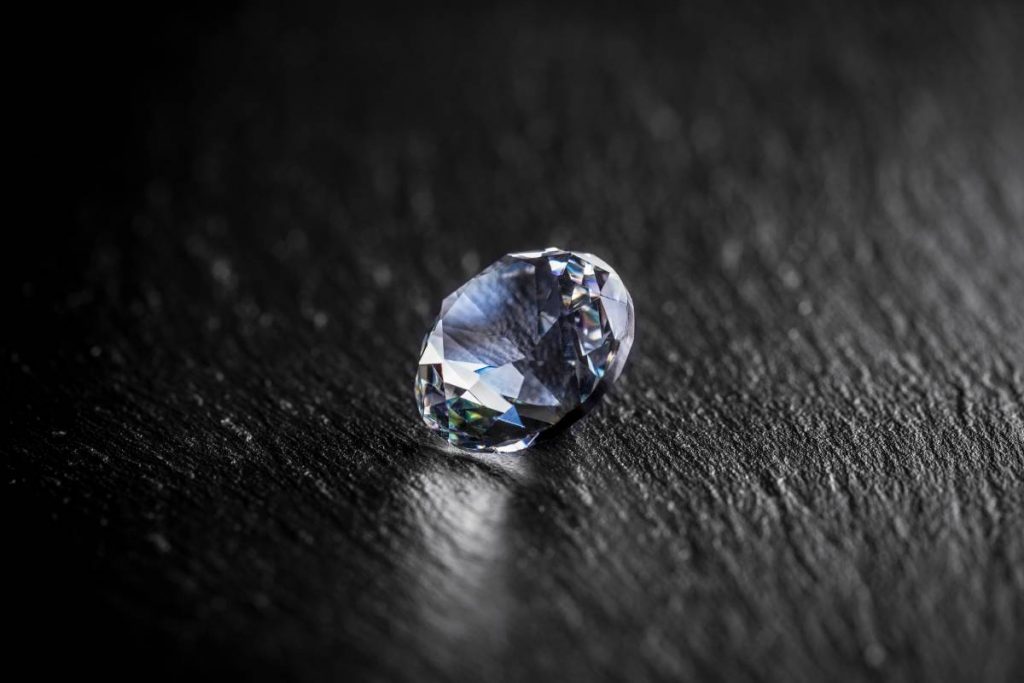
April | Diamond
Diamonds are the most popular choice for rings worldwide, prized for their classic beauty, clarity, and status symbol.
Symbolism
Known for their extreme hardness, durability, and timeless beauty, diamonds symbolize strength and eternal love. It’s no surprise they’re commonly used in engagement and wedding rings.
Colour
While most diamonds are colourless, they can come in a full range of fancy colours, from rare reds to deep blues to warm yellows, catering to all preferences and occasions.
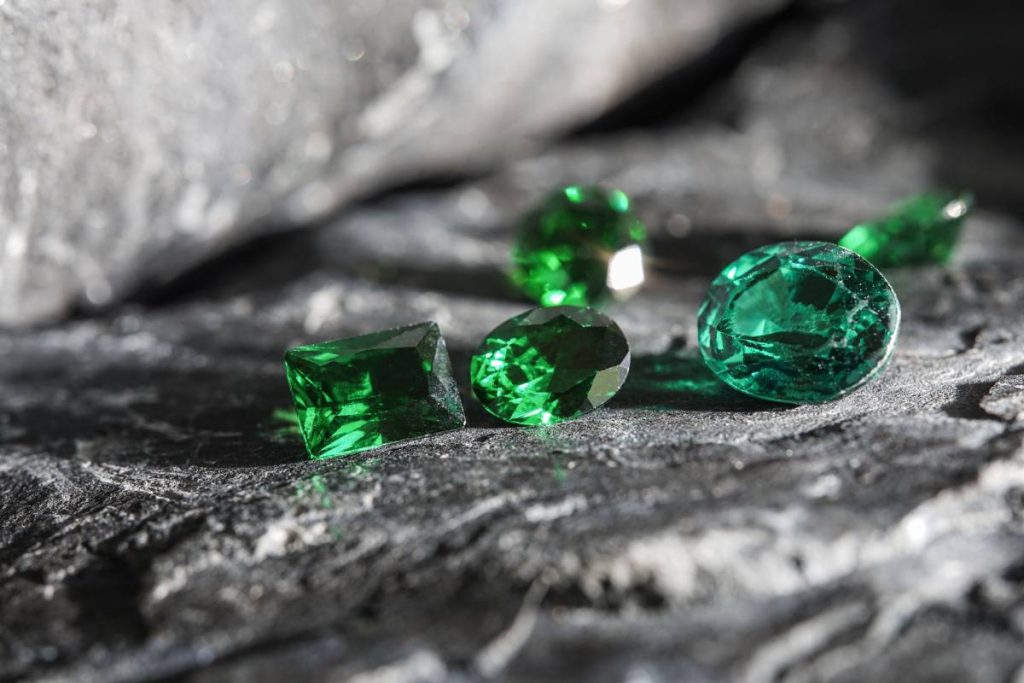
May | Emerald
Emerald has been associated with the colour green since ancient times. A fine emerald is a truly stunning gem and is part of the traditional “Big Four” gems alongside diamond, ruby, and sapphire.
Symbolism
Legend has it that wearing emeralds can enhance intelligence and promote objective thinking. Others believe it promotes healing and even allows wearers to predict the future.
Colour
The best emeralds exhibit an even, deep green colour, sometimes with blue undertones. They often contain visible inclusions, but fewer inclusions generally indicate a higher value.
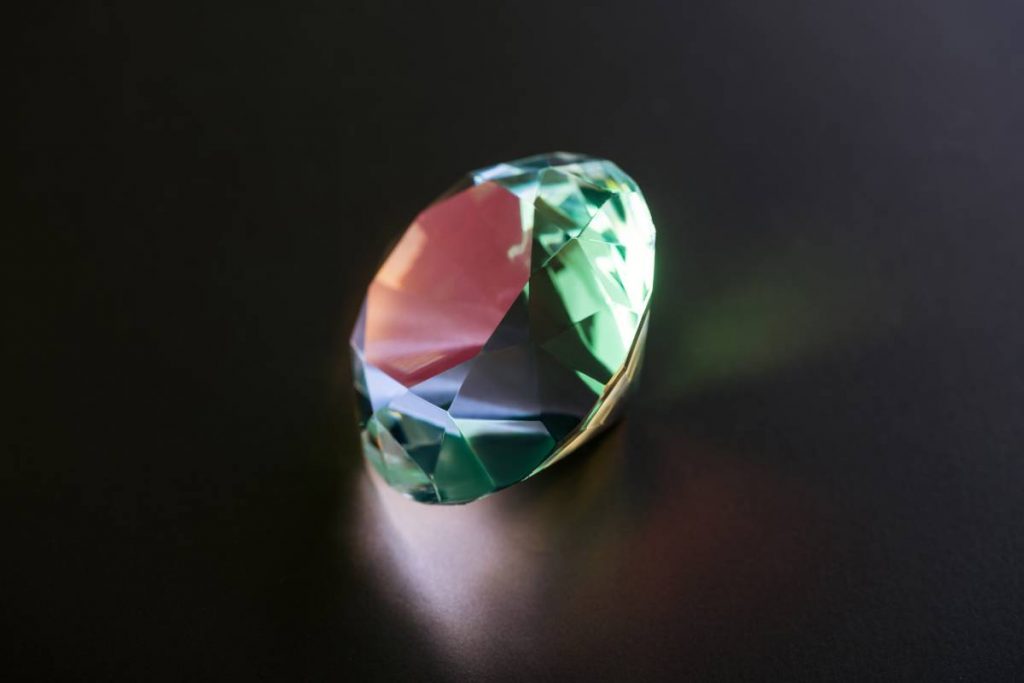 Alexandrite
Alexandrite
June | Pearl and Alexandrite
Pearls are unique gems found within living creatures, both saltwater and freshwater molluscs. However, most pearls on the market today are cultivated or cultured since natural pearls are extremely rare. Despite requiring special care, pearls have enduring appeal for jewellery, especially as the traditional June birthstone.
Symbolism
The finest pearls have unblemished surfaces and even colouring, symbolizing qualities like honesty, purity, and wisdom. Some cultures believe pearls are tears shed from heaven or place them in the graves of loved ones. Ancient Chinese lore associates pearls with wisdom and power, carried by dragons.
Colour
While pearls are often thought of as white, they come in various colours including black, green, gold, silver, and pastels, depending on where they are farmed.
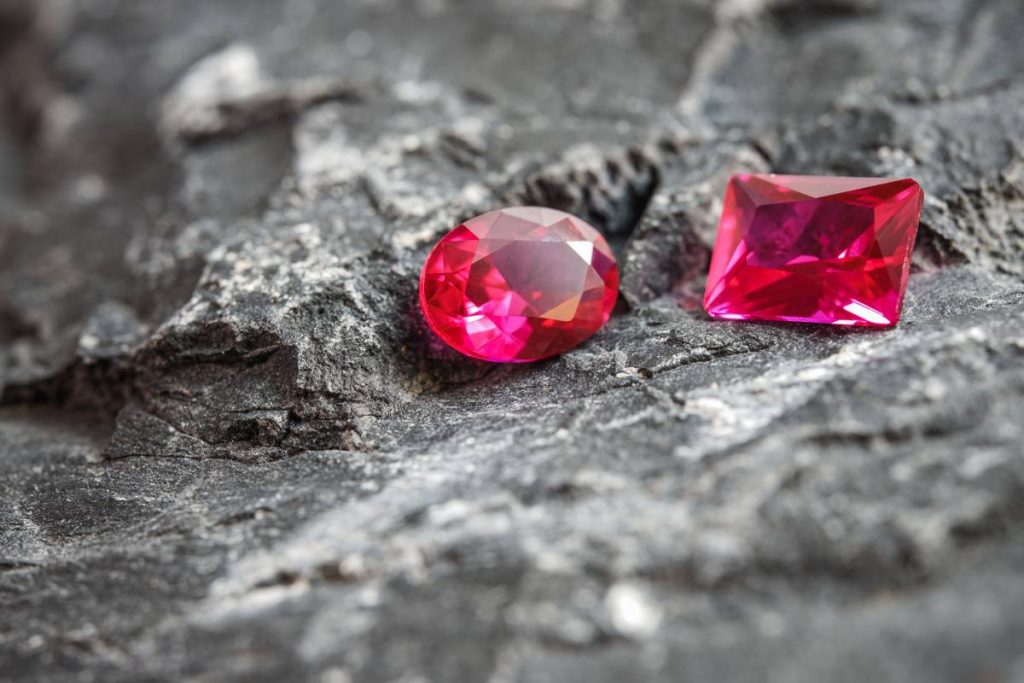
July | Ruby
Ruby is one of the most popular traditional jewellery stones, known for its exceptional durability and vivid red colouration. Fine-quality rubies can be among the most expensive gemstones, with record prices exceeding $1,000,000 per carat.
Symbolism
Rubies have long been associated with physicality and strength, favoured by warriors who believed they increased strength and stamina. They were also thought to calm anger and aid in navigating passionate social situations.
Colour
Rubies are radiant red gemstones, technically a type of corundum. While they typically have a dominant red hue, some may have orange or pink undertones.
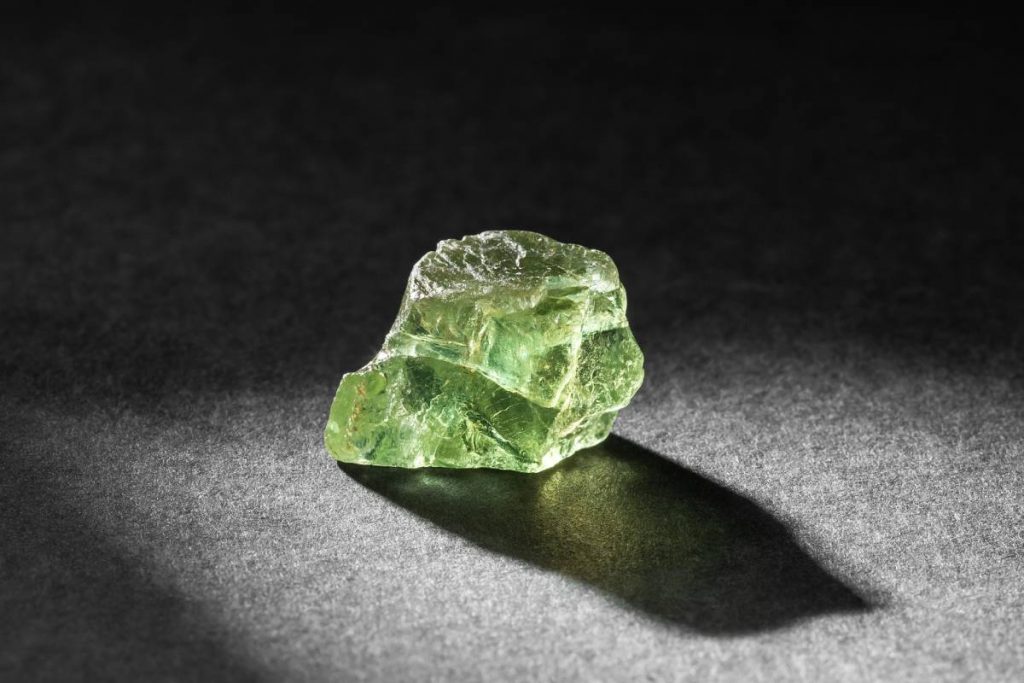
August | Peridot
Peridot, the modern birthstone for August, has been cherished as a jewellery stone since ancient times. Always green in colour, the shade of peridot can vary depending on its source.
Symbolism
Peridots were believed to protect the wearer during the night, as their lively appearance fostered associations with the sun. It was thought that keeping the stone close during dark hours repelled evil spirits.
Colour
While some peridots share a green hue with emeralds, they often feature a unique yellowish overtone not found in emeralds. Some stones may appear brownish.
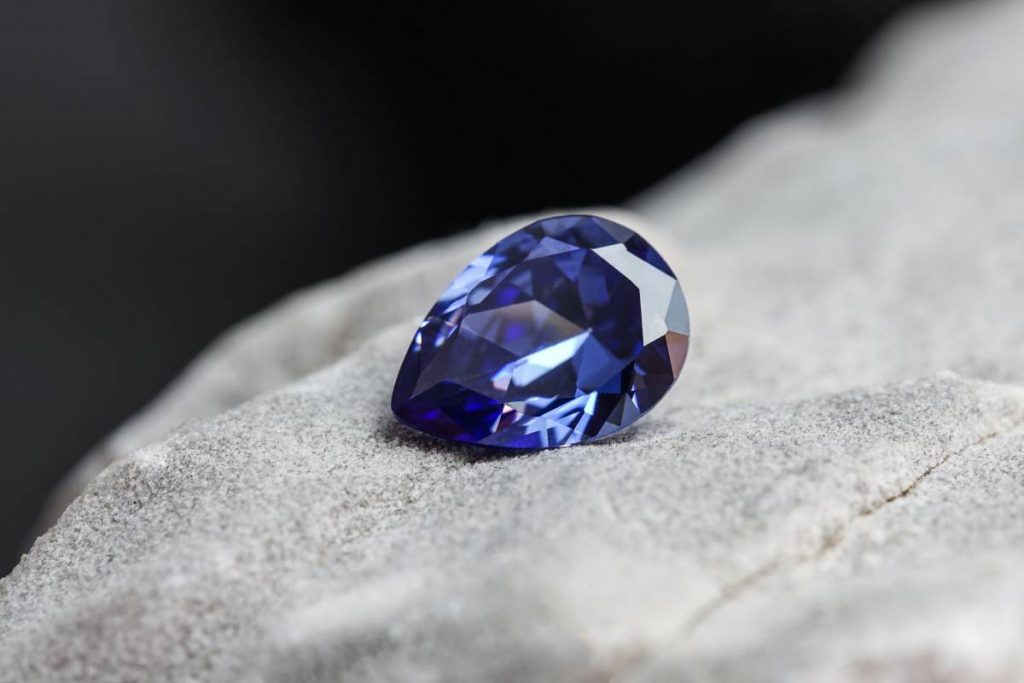
September | Sapphire
Sapphire, a gemstone that has captivated us for millennia, is prized for its pure blue colours and exceptional durability. However, it’s important to note that not all sapphires are blue; the September birthstone comes in many colours.
Symbolism
Sapphires are believed to be protective stones, shielding the wearer from physical harm, bad intentions, and envy. They were also thought to have medicinal properties and are considered highly spiritual, often worn by priests. Additionally, sapphires are one of the few gemstones that can display natural asterism in the form of a six-rayed star.
Colour
Sapphires, like rubies, are corundum gems and can occur in a wide range of colours except red (which is considered ruby). They may be marketed according to their colour, such as yellow sapphire or purple sapphire, but the term “sapphire” alone typically refers to the blue variety.
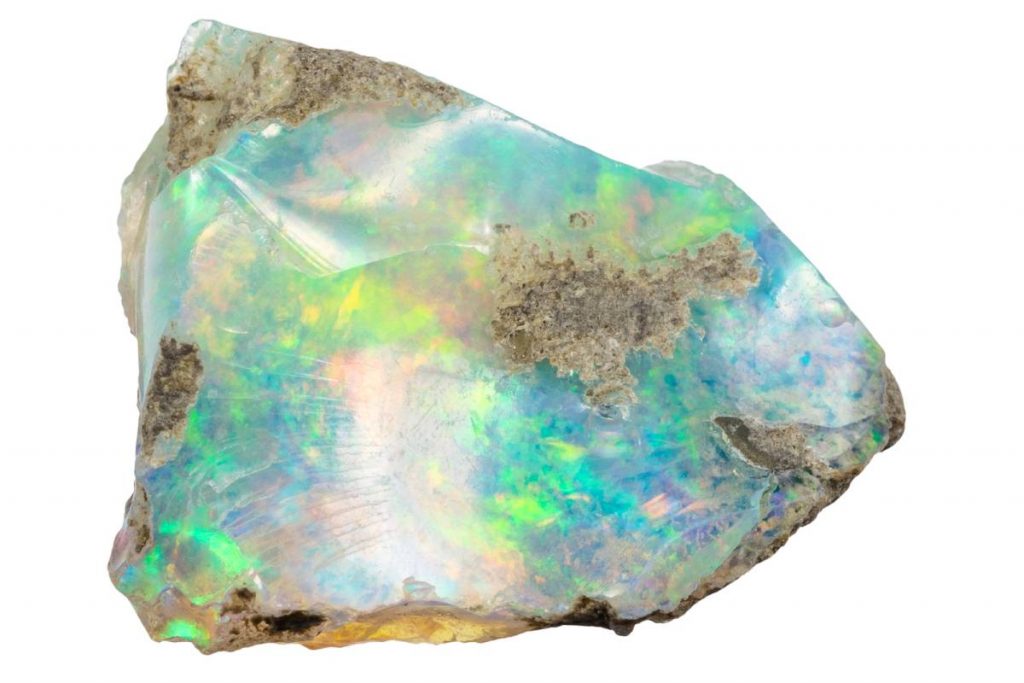
October | Opal and Tourmaline
Opals stand out as unique gemstones with their own distinctive patterns, making each one truly individual. However, they are also the most delicate gemstones commonly worn, requiring special care.
Symbolism
Opals are often associated with light and magic, perhaps due to their dynamic appearance. Some believe in their healing properties, especially for the eyes, and some even thought opals could make the wearer invisible. While there are negative superstitions surrounding opals, others wear them for good luck.
Colour
Some opals exhibit play-of-colour, dazzling flashes of colour that move as the stone is turned. This effect is unique to opals, but not all opals display it.
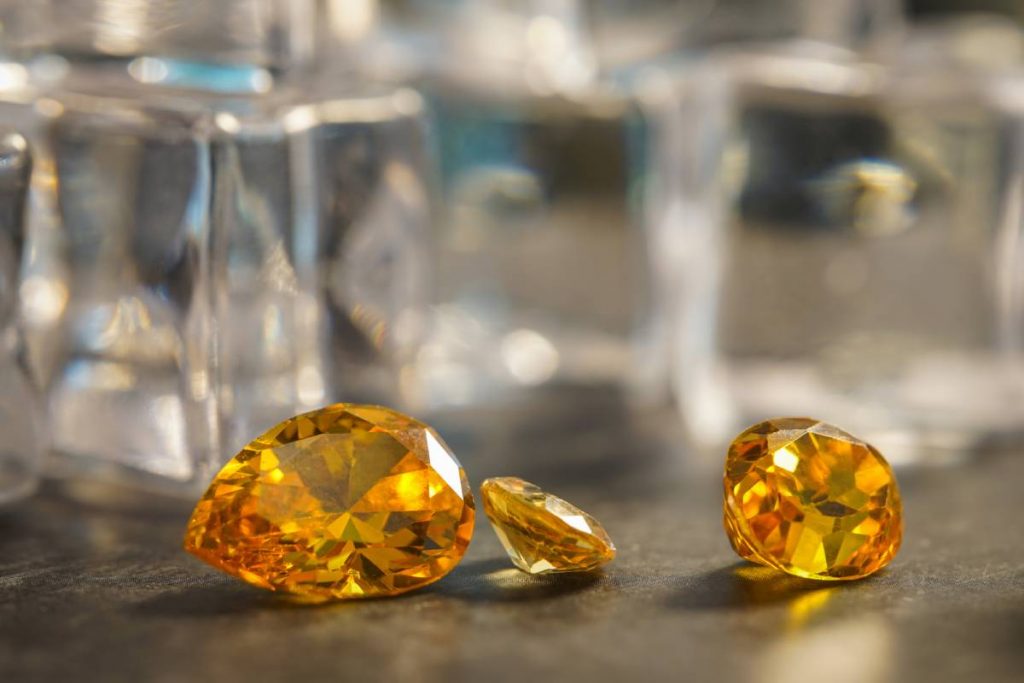
November | Citrine
Citrine is the yellow to red-orange variety of crystalline quartz. Its popularity as a modern birthstone has increased in recent years due to clever marketing and the rise of “earth tone” fashion trends.
Symbolism
Like its cousin amethyst, citrine is part of the quartz family and is associated with healing and happiness. It’s believed to bring relief from various ailments such as stomach aches, insomnia, and stress.
Colour
Citrines are known for their warm orange and yellow hues, sometimes with hints of brown. They can also be found in large sizes. Many citrines start as unimpressive amethysts or smokey quartzes and are heated to enhance their yellow and orange colours.
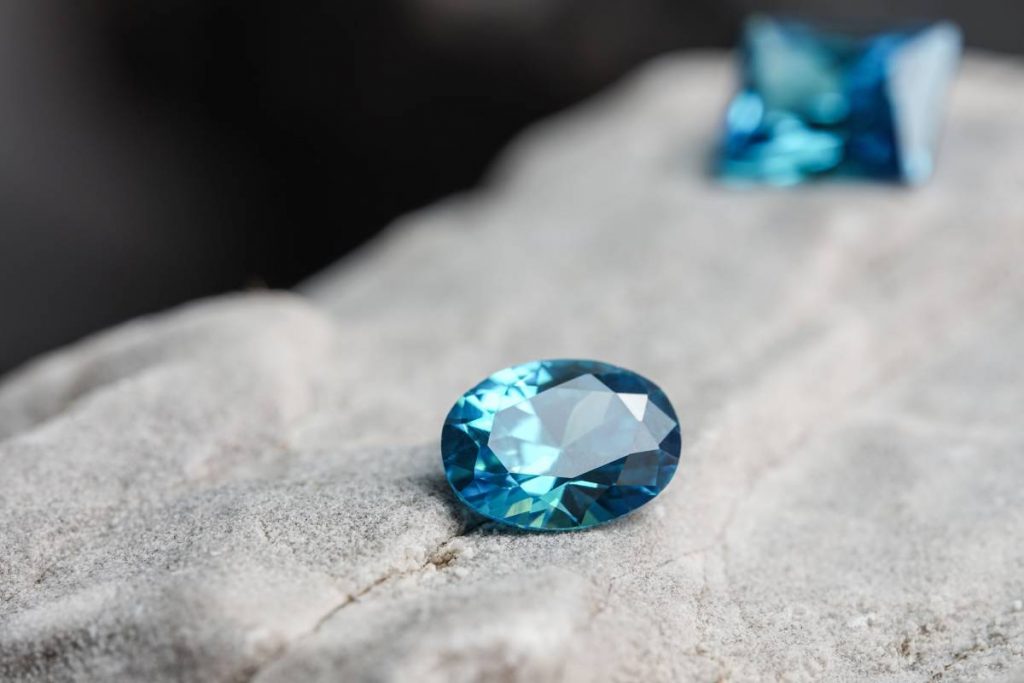
December | Blue Topaz, Tanzanite, Blue Zircon
Most blue topazes are initially colourless or pale blue when they come out of the earth. They undergo a two-step heat and radiation treatment in laboratories to achieve their vivid greenish-blue colour. Despite their beauty, blue topazes are relatively inexpensive.
Symbolism
Throughout history, topaz has been associated with wealth, possibly due to its more common yellow colour. Some believed that topaz had the mystical ability to attract gold.
Colour
Blue topazes are often referred to by trade names such as “London Blue,” “Swiss Blue,” and “Sky Blue.” London Blues have a dark steel blue or greyish blue colour, Swiss Blues exhibit a highly saturated greenish blue, while Sky Blues display pale blue colours resembling aquamarine.
Final thought
Gemstones have always been fascinating and they still are, even in today’s world of technology. Birthstones are not just beautiful, they have meaning too, connecting with our personal identities. Whether it’s the red of a ruby, the glow of a pearl or the regal blue of a sapphire, each birthstone tells a unique story, reflecting the diversity of human experience. As we treasure these gems and pass down their traditions through generations, their beauty and significance endure, reminding us of the magic found within the Earth’s depths.
